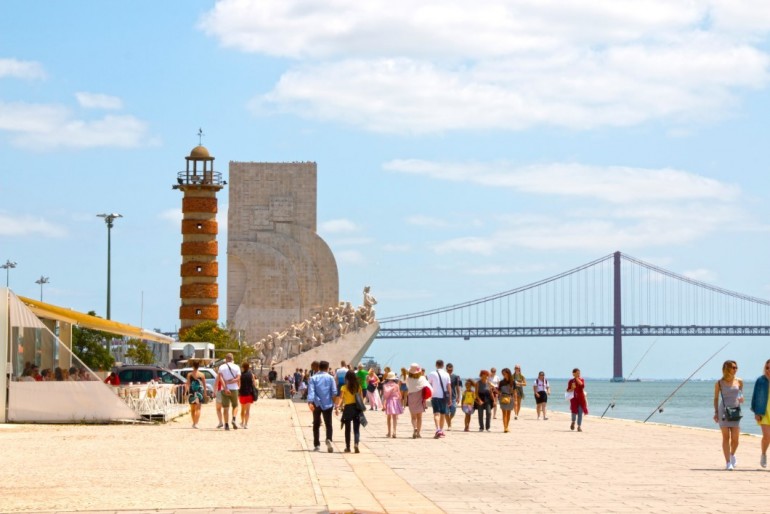Sponsored Listings:
Portugal has been breaking records in tourism in the recent months. In 2017, total overnight stays exceeded 57 million and hotel revenues exceeded 2500 million euros. The tourism boom however is becoming problematic.
Lisbon is one of the main anchors of the tourism growth in the country and has one of the highest occupancy rates in Europe. Occupation in the capital is around 80.5%, surpassing cities like Paris (78.8%), London (78%), Barcelona (79.2%) and other metropolises. Only Amsterdam is above the city of Lisbon with an 85.5% occupancy rate.
“The tourism sector continued to show its potential throughout 2017. It broke records not only in the number of guests, but also in the revenues it generates. With this dynamic, we are also witnessing an appreciation of real estate assets, which are mandatory as a base of the hotel business,” says Jorge Marrao, partner and real estate leader of Deloitte.
Cruise tourism in Lisbon is also crossing a good tide. There are more and more passengers aboard the ships passing through the city. In the first six months of the year more than 221,000 passengers were stopping at the port of Lisbon. This is 15% more than in the same period last year.
Out of this, about 200 thousand had the city of Lisbon as one of their stops. This is an increase of 16% compared to 2016. On the other hand, tourists whose cruise route began or ended in Lisbon grew only by 5%, to reach 20,518.
However, despite the economic benefits of tourism for the city, locals are not too fond of the recent developments. Some even fear that their city will become “the new Disneyland” due to the Lisbon tourism boom.
The liberalization of the real estate market has opened the door to companies like Airbnb. “In Lisbon, homeowners almost no longer conclude normal leases. Instead, everyone is trying to rent to tourists,” says Maria Eugenia Palma of the Lisbon Renter association.
If one cannot afford the exploding rents, he has to move. Urgently needed repairs are postponed until the residents move out at some point and make room for foreign investors and tourists. OR a few wealthy locals. “The state and the city see tourism as a rescue from the financial crisis,” says Luis Paisana, chairman of local residents of the district Bairro Alto.
Portugal’s capital shares this fate with European cities such as Barcelona, Rome or Venice. Locals complain about littering, drunkards, greedy investors and mass tourism. In these cities, old towns or waterfront districts are becoming the backdrop for strolling tour groups.

A similar fate is also threatening Lisbon. “The city has lost over 300 thousand inhabitants in the past 30 years,” says Paisana. And this trend will intensify even further, especially in tourism districts.
For example, the Bairro Alto district, known for its pubs and restaurants, is slowly “decaying”. Tourists enter the district to celebrate. In the morning it smells of urine, vomit and garbage. As a result, people are moving away. Recently the number of residents has fallen from 13,000 to 3,000. That this development could reverse, is not yet in sight.
The inhabitants of Lisbon feel old and betrayed. They know that they have little chance against tourism. The city needs the money from tourism too much. “At some point this will be a Disneyland, in which the tourists only see each other,” said a resident.
Source: tourism-review.com










